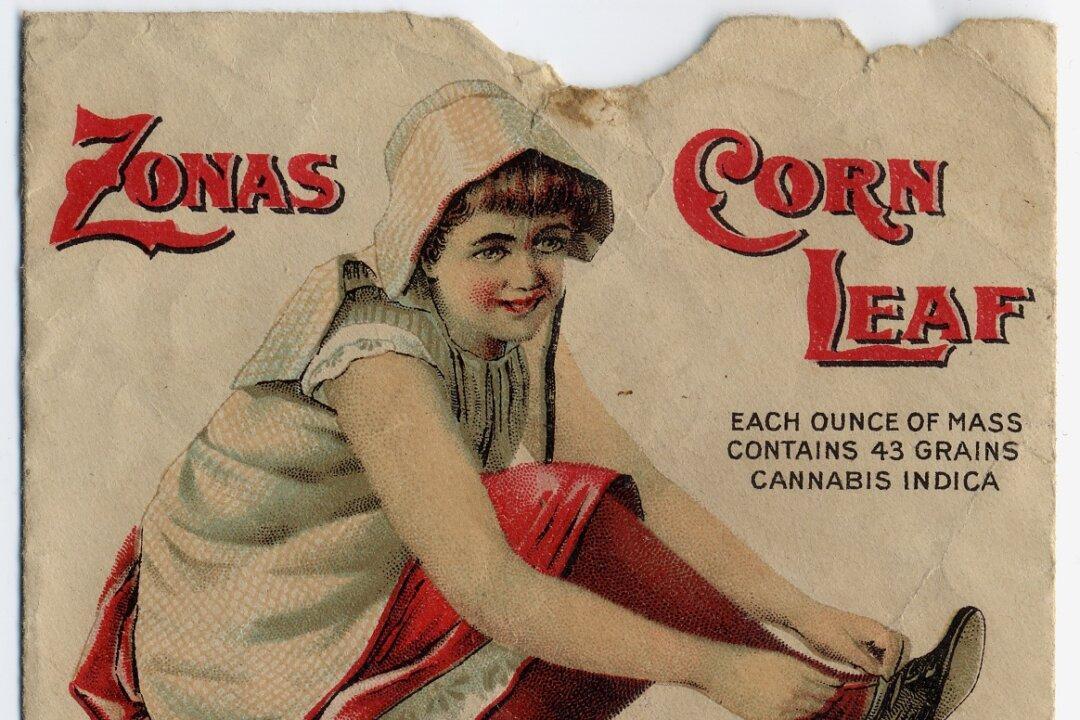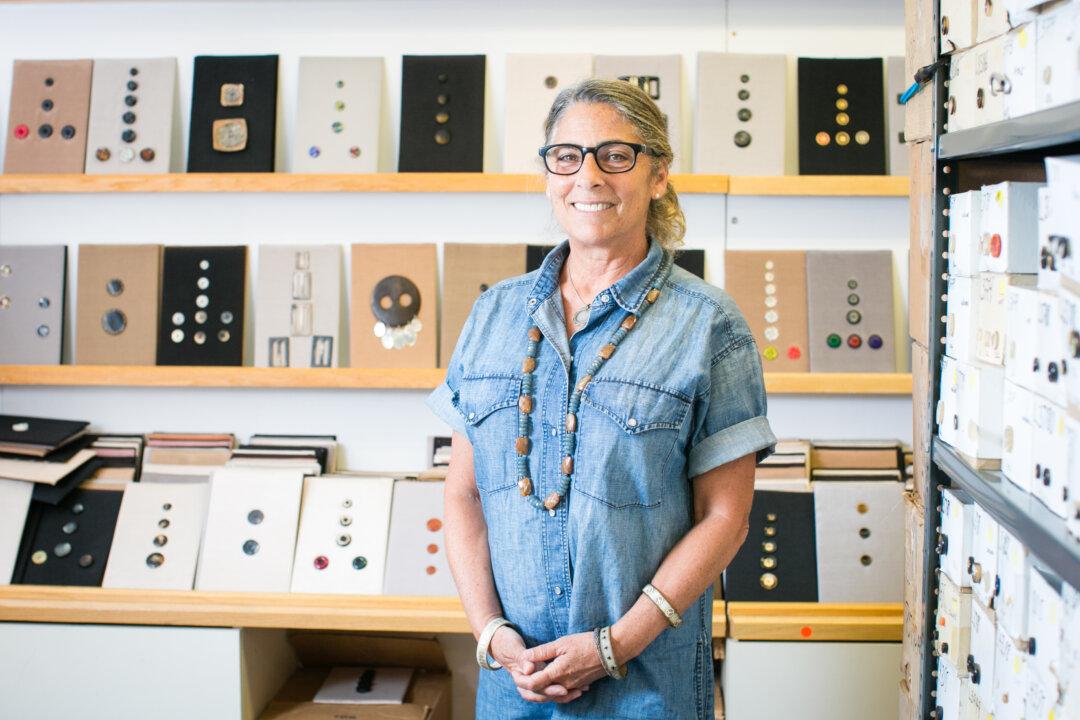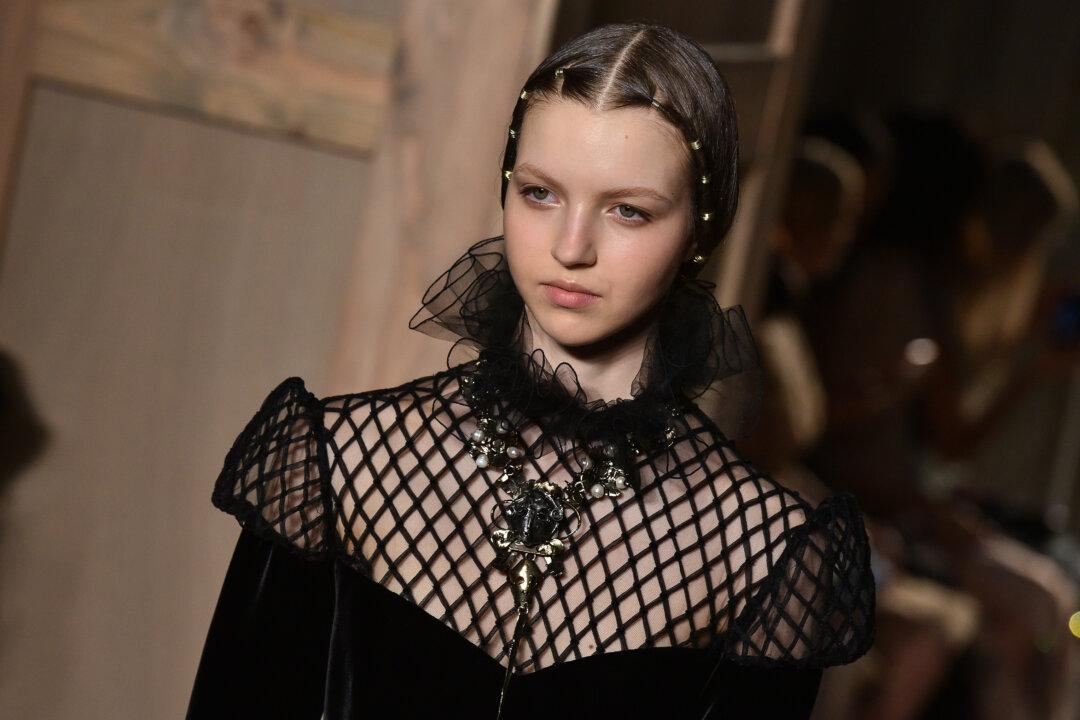No, we are not about to delve into the mating habits of wolves, as the title might suggest. The way we smell is a powerful signal that announces who we are, or who we want to be.
And whether we admit it or not, when we want to get to know someone intimately, it also means presenting them with the best version of ourselves, and typically, a rather heavily censored one at that. Both women and men do it to the same extent, with slight variations in routine.
This is particularly true for the initial “getting-to-know-you” period, because later on, our rougher edges will inadvertently begin to show, which is a natural phase after all, with its own adventures.
Wearing perfume is a daily enactment of this impulse to show our “better self” in all our social interactions. Many of us try to manipulate our scent to something not as bestowed by nature, but as imbued by perfume.
But there is also the possibility of going one step further to forge our very own alluring scent.
For new couples who quietly despair about finding that Valentine’s gift with a good dash of originality, adventure, and excitement, taking an olfactory trip together could be just the ticket. And, as I have found out, with the added bonus of getting to know your partner, or just yourself, better.
Our “Scent Love Boat” captain is fragrance expert Sue Phillips who has had a love affair with scents from an early age. Phillips developed some iconic fragrances such as“Tiffany,” “Tiffany for Men,” “Society” by Burberry, and “Burberry for Men,” as well as the original three eponymous Trish McEvoy fragrances.
And like all perfumers, she understands the unrelenting power of smell to have a direct effect on our deeper selves. Nowadays, you'll find Phillips in her underground lair called “The Scentarium” in Tribeca.
At ‘The Scentarium’
As you enter, it feels like a cozy living room that, understandably, is mostly devoid of scent but full of paintings and colored bottles. She invited me to experience the process of finding my “scent personality” with the ultimate aim of creating my very own fragrance.
According to Phillips “you can really judge someone’s personality through fragrance.” And to narrow down the search even more, she worked on the questionnaire with a psychologist—“the responses are really reflective of a person’s individuality,” said Phillips.
The multiple-choice questionnaire was fun and didn’t take longer then five minutes. Without giving away too much, the questions were not in any way intrusive or inappropriate. As with any multiple-choice test, it’s best to go with your first impulse and try not to censor yourself too much.
I expressed some doubt as to whether the test could actually serve as a reliable guide to what kind of smells a person likes.
“It’s very interesting because it’s absolutely spot on, 99 percent accurate,” said Phillips. She then went on to explain that people who like fresh smells tend to be “happy-go-lucky,” carefree, and casual.
“Floral people” are very romantic, more often than not, women. While outdoorsy people, mostly men who love outdoor activities and more “macho” smells gravitate toward woody scents.
Then there are the “oriental” people who tend to be sensual and bold—no wallflowers, in other words.
Of course most people like a combination of these characteristics, which have been simplified so that perfumers like Phillips can combine them in more delicate measures.
The next part was the most fun and also most revealing.
Going Through the Blends
“We actually take you on a fragrance journey and we evaluate and tell stories going through all of the 18 blends,” said Phillips. Her full collection of these blends is organized so that there are a few from each of the seven main scent categories: citrus, fruity, floral, oriental, chypre, woody, and fugere.
It’s not that I lost all semblance of self-composure, but as we went through the 18 blends it became more important to go with the flow and verbalize any reactions, be they positive or negative. Each time I took a whiff of a blend that I found pleasant, it automatically conjured up memories of places, events, and feelings—stories that had been buried and momentarily forgotten.
Phillips giggled at my responses saying that she enjoys very much seeing people’s reactions and hearing their stories. When I experienced a smell as unpleasant, my reaction tended to be less verbose but more visceral.
I’m not a “floral” person, but I told Phillips about that which smells like “home” to me.
On balmy summer evenings when the giant linden tree is in full bloom, its perfume wafts around my backyard and mingles with that of an equally huge honeysuckle bush sprawled along most of the side fence. The scent is trapped along this corridor and the rest of the backyard. Interestingly, any passers-by on the outside of the rather tall gate, do not have access to this scent.
So as I open the gate I’m immediately flooded by memories of another time—of innocence, family meals at the outdoor table under an old grapevine with muscatel grapes hanging from it, grandparents, aunts and uncles, home-made pastries with suet, sugar, and walnuts that looked like half-open books sprinkled with vanilla sugar.
As with anything that touched us deeply, there’s catharsis—a place where the sweet and the bitter coexist and lend nuance to life.
Smelling the paper strips dipped in each blend actually only allows olfactory access to the top notes, the impression of which becomes rather distorted by the time you get half way through the blends because the top notes of any fragrance have the most “punch.” So be prepared for your nose to get a few punches. As I progressed through the blends it becomes an increasingly mesmerizing and soporific experience.
At the end of this journey I arrived at my very own scent. It was a combination of citrus, chypre, fugere, and floral notes that I called “Fairytale” because it seemed to conjure up a mythical forest with gnarled old trees covered in moss and the possibility of meeting with fairies among other creatures.
As I surfaced to “post-snow-fall-Tribeca-pavement,” “crisp-winter-air,” and then “New York subway,” I was relieved at the simplicity of these smells and only looked forward to a double espresso to bring me out of the mythical forest.
It was only the following day that I dared to spray it on my skin. This was the first time that I experienced its middle note, slightly powdery with a hint of vanilla. Much, much later it settled into an aldehyde base note—even more powdery.
My skin seems to do that a lot, which is largely why I have nearly given up on finding a fragrance.
But as I spray it on my clothes, presto! We’re back in the fairytale forest again.




